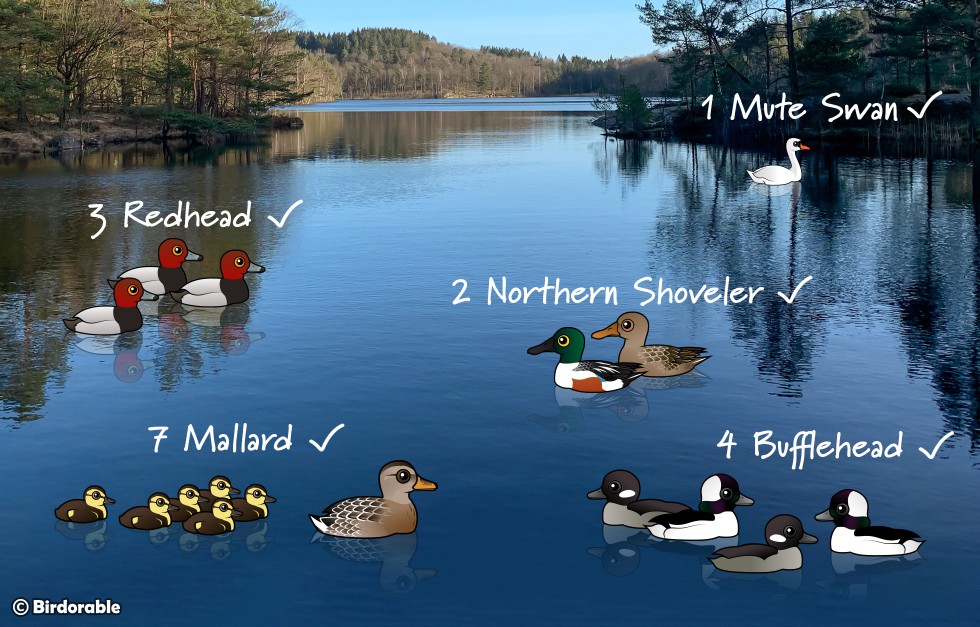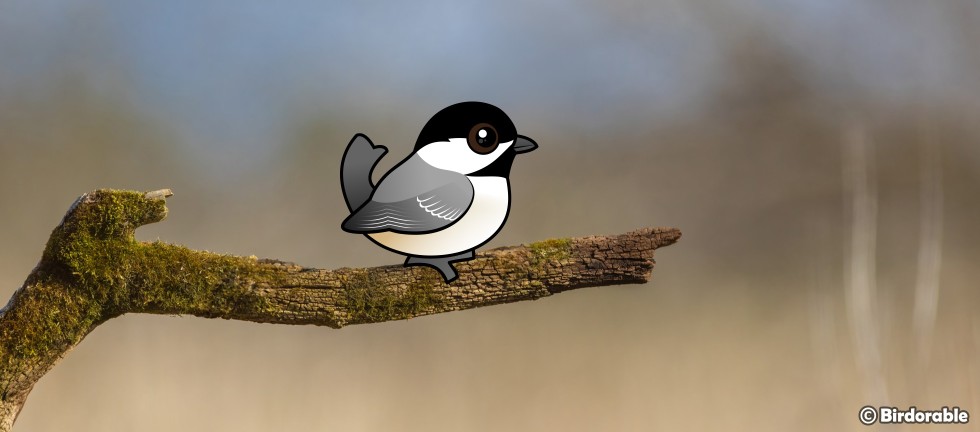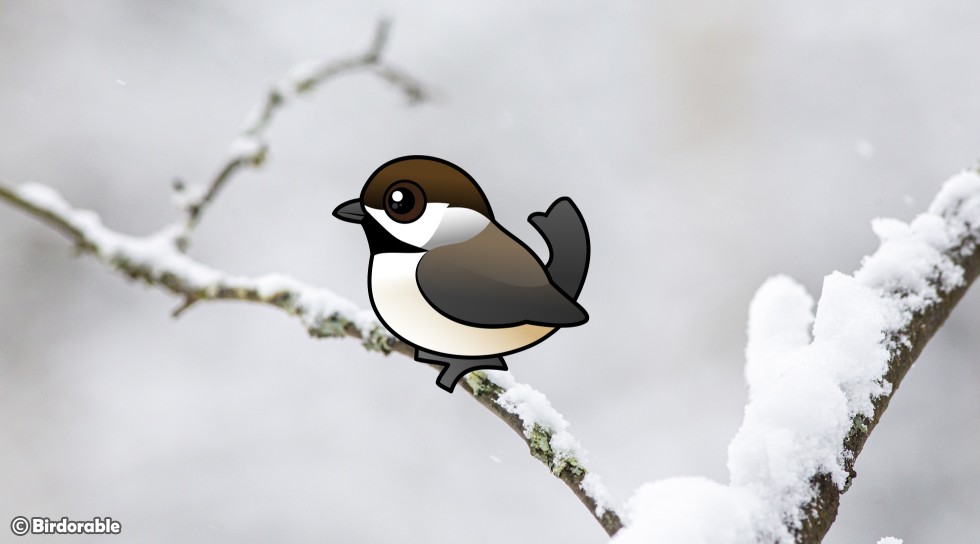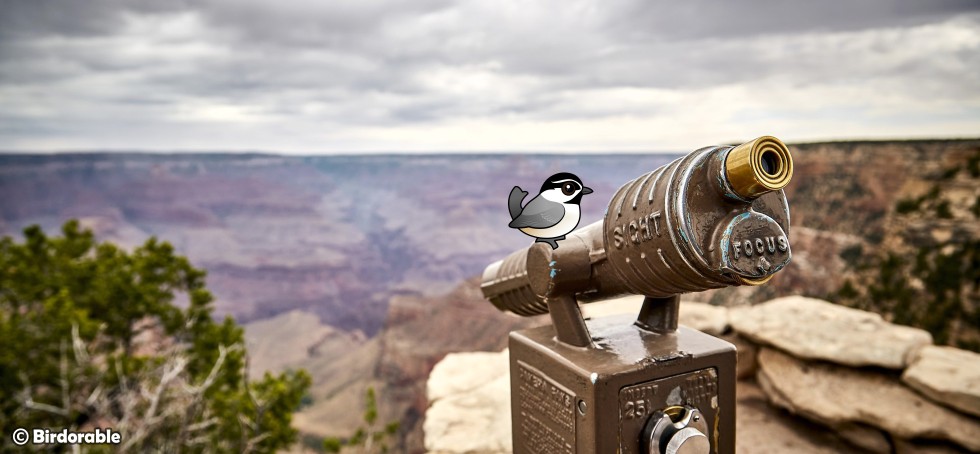
Contributing to citizen Science projects helps our collective knowledge, but it also helps us as individuals learn. We'd like to highlight some citizen science projects in which families can participate. If you know of a project that we could highlight on our blog, please let us know!
The first citizen science project we'd like to highlight is a big one! eBird is an online bird checklist program that helps you keep track of the birds you see. A great thing about eBird is that data entered into the system by citizen scientists like you also helps scientists study birds!
eBird, a joint project from the Cornell Lab of Ornithology and the National Audubon Society, is free and easy for anyone to use. Once registered, you can enter your bird sightings as often as you like, and include as much data as you want, including photos, information on the age and gender of the bird, and more. You can tell eBird what birds you saw in your back yard while having lunch, or enter a long list of the birds you saw when you spent the whole day at the local state park or national wildlife refuge. You'll be able to see your lists again any time you'd like. eBird data entry is global, so anyone in the world can use it to record their bird sightings.
It's a lot of fun to look through eBird maps and charts to see how sightings recorded by your fellow citizen scientists look over time and over a large area. For instance, using eBird, you can figure out what kinds of birds you might expect to see next time you visit a relative in another state.
Once you have a few checklists of your own, it's also a lot of fun to look through what you've seen in the past and how your sightings may change or be surprisingly similar year after year. If you saw your first hummingbird of the year on May 5th, 2012, you'll know to start keeping your eyes out for your little feathered friend in early May this year.
eBird is a fun and educational tool suitable for use by the whole family. eBird tools are used for other citizen scientist projects, too, so don't be surprised if we highlight a future project that uses eBird data. Visit the eBird.org site to learn more and get started!





















